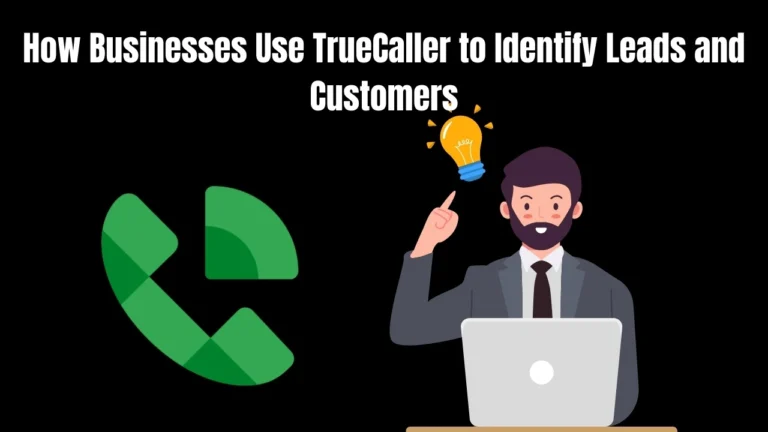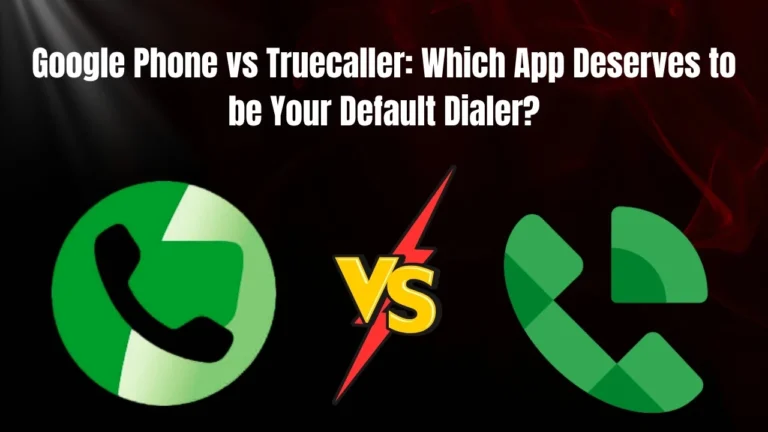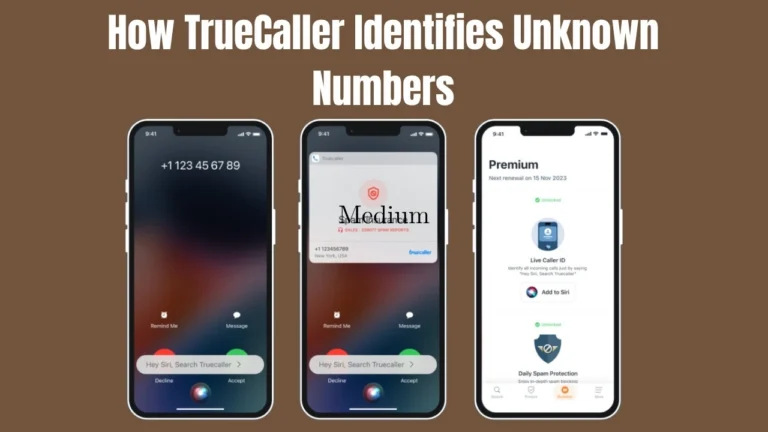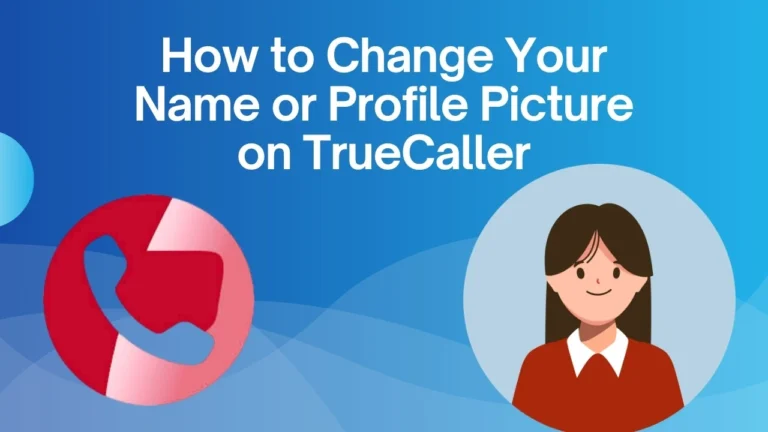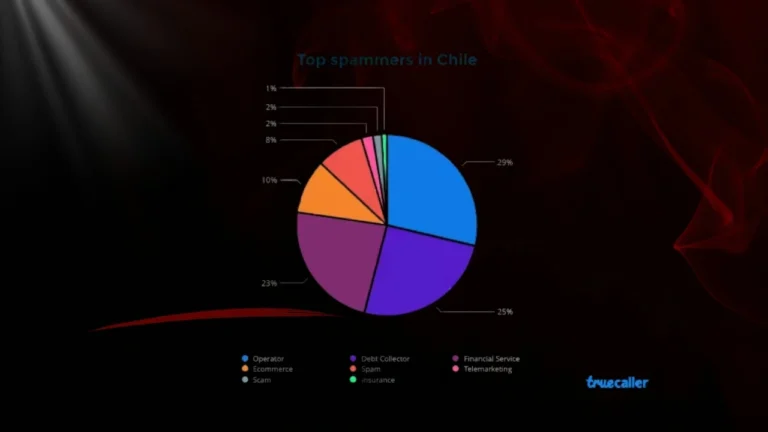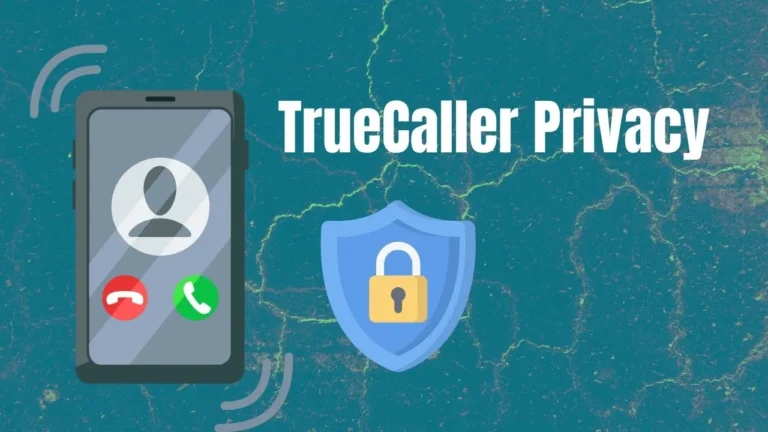How Caller ID Apps Collect Data: What You Need to Know
Are you curious how these Caller apps collect data? There are about 353 million calls affecting the Indian population each year, and these apps collect data from their call history. Most people use caller ID apps to block spam calls and identify unknown numbers. If you lack knowledge about these apps like truecaller, then your privacy is at risk. If you understand how these apps collect, then it helps you to protect your personal information from being sold or stolen.
In this guide, we will learn exactly how these apps gather your data. You will also discover the ways to protect your privacy while enjoying the benefits of caller ID protection.
What Data Do Caller ID Apps Actually Collect?
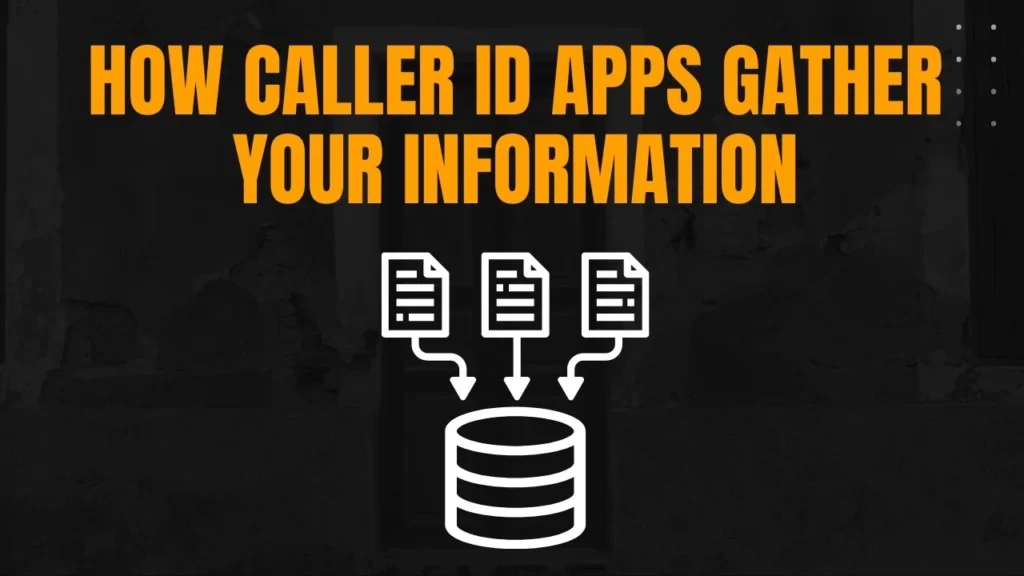
The caller ID apps collect much more information than most people realize. The data that they gather falls into several important categories that affect your privacy.
Personal Information Categories
- Phone numbers and contact lists are the main things whose information is first collected. When you install these apps, they often ask for access to your entire contact list. This means the app can see every person you know.
- Your habits are shown by call logs and patterns. Apps monitor the names you call, the time of day you call them, and how long you spend on the phone. This forms an elaborate representation of how you relate to people both socially and in business.
- GPS information and location data communicate the position that you are in during a call. A lot of caller ID applications utilize the information and offer local business details. But it also implies that these people are familiar with your routines and places that you like.
- Device knowledge and utilisation data constitute your phone model, operating system, and application use levels. The technical information can assist companies in knowing how you communicate with the software.
Hidden Data Collection Points
- Apps access the microphone so that they can listen to your conversation. Although a greater proportion of legal apps do not record calls, the possibility exists when it is granted.
- Background app activity implies that data collection runs despite the fact that you do not use it actively. Your phone will be communicating to the servers of the app at all times.
- Third-party integrations are services linked to your calling ID application. The sharing of data through social network correlations, email accounts, and other applications could happen with no control.
- User behavior analytics records the way in which you use the application itself. Business knows what features you use the most and how you traverse the various screens.
How Caller ID Apps Gather Your Information

Learning how caller ID apps collect data, especially by being familiar with the exact techniques deployed when gathering data is important to help you make sound judgements concerning your privacy.
Crowdsourcing from User Communities
One of the most widespread ways of collecting information is the way users provide such information without knowing. Whenever you distinguish a spammy call or append a contact name, you are supplying data to the database with the app.
The automatic uploading of contact lists occurs the first time you install the app. Most of apps sync right away with your full phone contact list to their servers. This has been a process that occurs without explicit user approval.
Call reporting and response platforms push users to mark spam calls and suspicious numbers. Although this aids other clients, it also implies that your call recordings are included in the data-gathering process of the company.
Database Partnerships and Data Brokers
Use of commercial database integrations enables caller ID apps to pull huge records of available information. Such databases hold millions of phone numbers together with names and addresses.
The phone number of the owner of the records can be legally accessed by public records. Business registrations, record of properties and other publicly listed documents can be searched using apps.
The telecom carrier alliances provide direct access of apps to phone network details. There are applications that deal directly with telephone companies to access real time caller information.
The third method of data procurement entails the purchase of information to data broker companies. These brokers attract from the different channels of personal details and sell them to the developers of the apps.
Real-Time Data Mining
Voice pattern recognition involves the use of a technology that examines the sounds of an inbound phone call. The sophisticated applications have learned to recognize robocalls and spam in voice patterns and background noise.
The analysis of the frequency of phones provides the data on the calls made by particular numbers. It assists the apps in ascertaining the probable spam activities that place thousands of calls daily.
The traffic monitoring of networks monitors the way calls move within phone networks. This technical method assists the apps to know calling patterns within whole areas.
Also Visit: How Businesses Use TrueCaller to Identify Leads and Customers
Conclusion
Analyzing the methods which these caller ID applications gather information is crucial in safeguarding your privacy in the current line of the digital world. These apps obtain mega personal data by crowdsourcing, integration of databases, and real-time tracking programs.
Since the technology under the data collection is constantly improving, both enhanced spam protection and risks to privacy are produced. Different users have access to different grades of legal protection in the United States depending on the laws prevailing in the individual states with regard to privacy.


